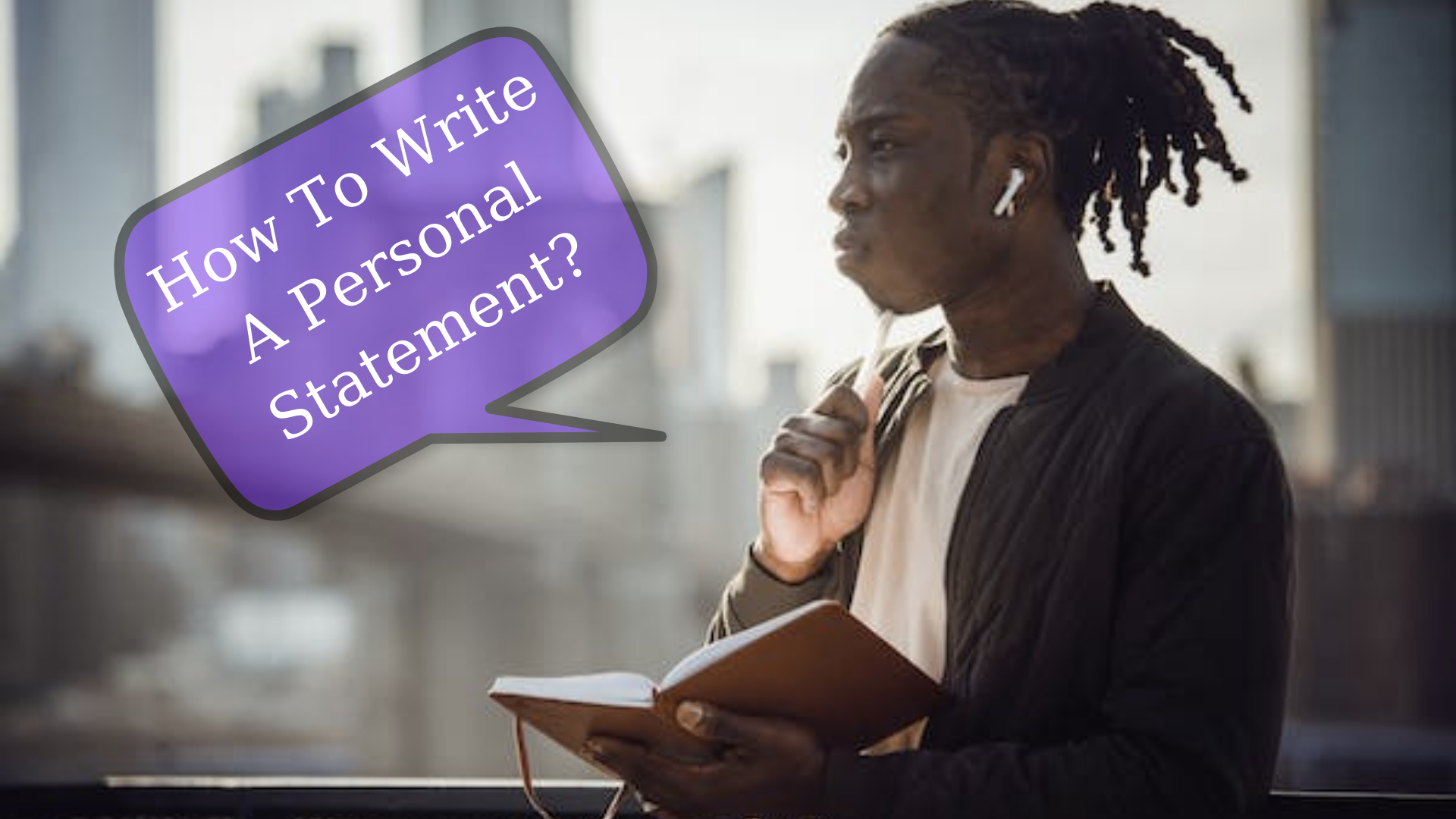how to write a personal statement?
Writing a personal statement can be a crucial part of various applications, such as for college admissions, job applications, or scholarships. Here’s a general guide on how to write a personal statement:
1. Understand the Purpose:
Before you start writing, understand the purpose of the personal statement. Is it for a college application, job application, scholarship, or something else? Tailor your statement accordingly.
2. Start with a Strong Introduction:
Capture the reader’s attention from the beginning. You might want to start with a personal anecdote, a relevant quote, or a thought-provoking question.
3. Highlight Your Motivation:
Clearly state why you are interested in the opportunity. Whether it’s a particular program, job, or scholarship, explain why it matters to you and how it aligns with your goals.
4. Show, Don’t Just Tell:
Use specific examples to illustrate your qualities, skills, and experiences. Instead of saying you are a good leader, provide a story or example that demonstrates your leadership skills.
5. Address Your Achievements:
Highlight your accomplishments, but focus on those that are relevant to the opportunity you are applying for. Discuss challenges you’ve overcome and what you learned from those experiences.
6. Discuss Your Goals:
Clearly articulate your short-term and long-term goals. Explain how the opportunity you’re applying for fits into your larger life plan.
7. Demonstrate Self-Awareness:
Reflect on your strengths and weaknesses. Discuss how you’ve grown and what you’ve learned from your experiences. Show that you have a realistic understanding of yourself.
8. Connect with the Reader:
Personal statements are not just about listing achievements; they’re about connecting with the reader. Be genuine and let your personality come through in your writing.
9. Address any Weaknesses or Gaps:
If there are any gaps or weaknesses in your application, address them in a positive light. Show how you’ve overcome challenges or what you’ve learned from setbacks.
10. Conclude with Impact:
End your personal statement on a strong note. Summarize your key points and restate your enthusiasm for the opportunity. Leave a lasting impression.
11. Edit and Proofread:
Review your personal statement for clarity, coherence, and grammar. Ask others to read it as well and provide feedback. Ensure there are no typos or errors.
Remember, a personal statement is a chance to showcase your personality, experiences, and aspirations. Be authentic, and tailor each statement to the specific requirements of the application.







